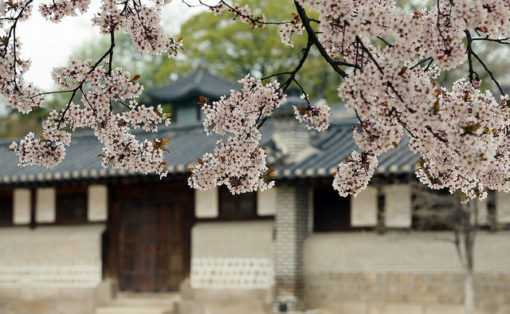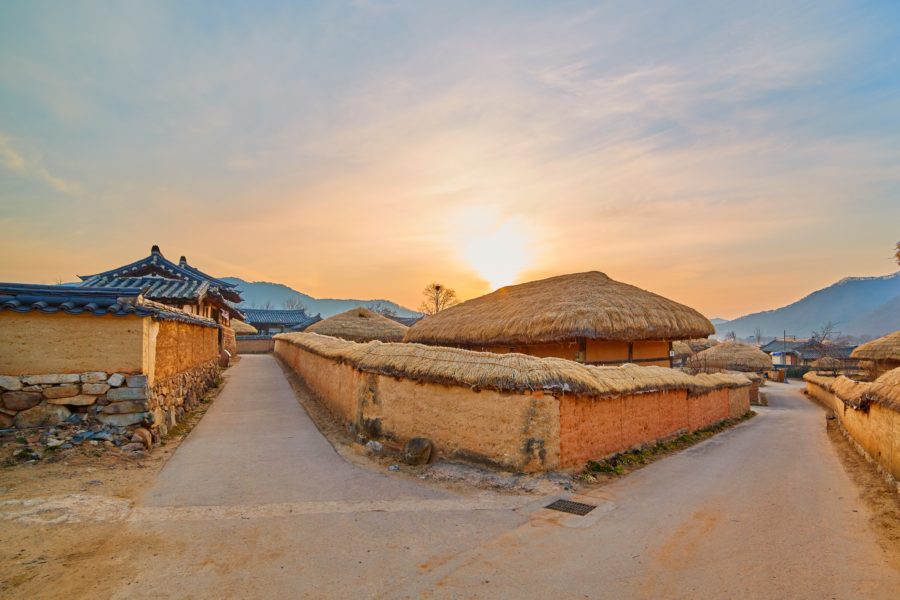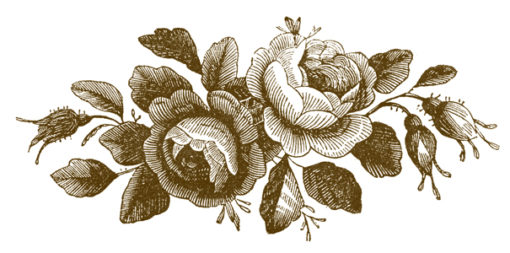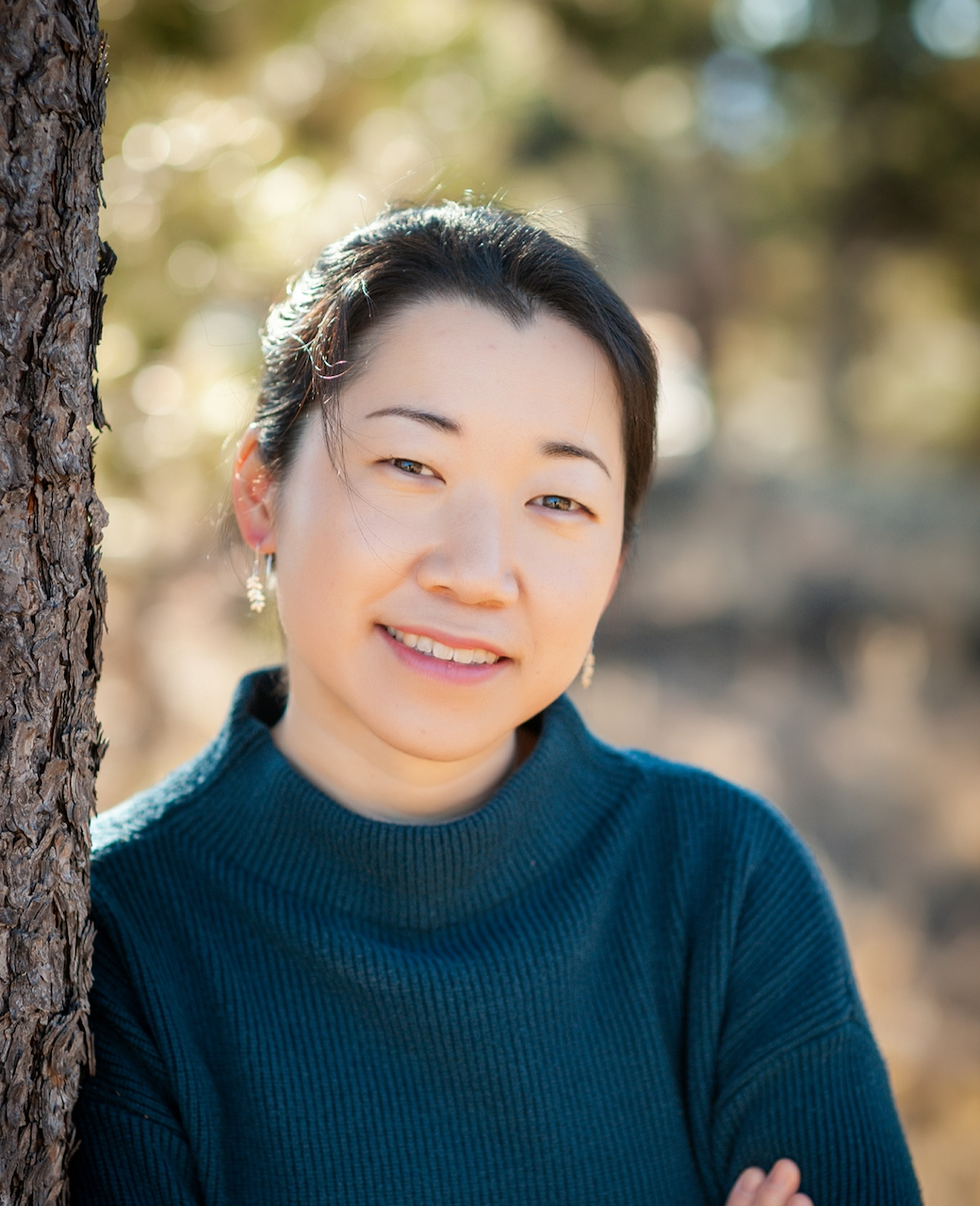Sometimes I have dreams about the Korean subway.
Sometimes the blunt-faced gray train arrives. Sometimes I wait, walking heel to toe along the grooved concrete tiles laid for the blind, for transport that never comes. The dreams are always about something else — friends from different chapters of my life who inexplicably know each other, a harrowing mission, a routine day as a student — but the Seoul metro has worked itself in over the years, like a bit actor whose face becomes familiar through sheer repetition.
Its presence is no mystery when you add up my whereabouts as a teenager. A one-hour commute by bus, subway, and foot to school every weekday. Two hours each way to an English-language church service on Sundays. If I close my eyes I can hear the exact, muffled rhythm of those clacking train wheels hurtling through dim tunnels, and I can see the reflection of other faces in the black glass. I avert my gaze whenever any of them chances to look my way.
The awkward stage of my childhood is preserved in mental snapshots, and perhaps that’s the way I saw Korea from the very beginning — from the sweltering summer day when my family and I stepped off an international flight into a crowd of relatives I’d never met.
In the six years that followed, my mind recorded reels of objects. Shoulders, knees, and briefcases at rush hour. The chevron pattern of the red-bricked walk to school. Cherry blossoms in the spring, their petals raining gloriously off the branches at first but then scattering across the schoolyard like feeble white-winged moths. Beside the bus stop, I saw a heap of dead pigeon beneath an overpass that no one cleaned up for a week, gradually graying and flattening into the asphalt.
I saw the underbelly of the country in those days, the way a passerby winces at a parent losing patience with a child, the way a foreigner first learns the slang of a foreign language instead of its literature.
“Speak Korean,” spat an elderly man on an afternoon train, as I stood talking with my friends and teacher. “This is Korea.” My face flamed. For a girl in junior high who hated being singled out for negative reasons, public admonishment was the highest mark of shame. Yet there seemed to be so many hapless ways to achieve it: walking on grass anywhere in the city, failing to keep my balance as the bus lurched over steep streets, being young in a culture of age-based hierarchies.
Even reading an English book on the subway attracted attention — the envy of mothers of small children and the hand-smothered gossip of Korean schoolgirls. But I opened my books nevertheless, risking the occasional barrage of verbal shrapnel. I needed the refuge and comfort I found through these portals to other places and other lives.
While the dozing heads of strangers nodded onto my shoulder and waves of commuters came and went, I immersed myself in historical fiction, young adult novels, and especially biographies. Amy Carmichael. Corrie ten Boom. Jim and Elisabeth Elliot. Hudson Taylor. George Müller. John and Betty Stam. Seoul faded; Dohnavur, Haarlem, and Bristol beckoned in its place.
I had become a Christian a few months after moving to Korea, and I thirsted for stories about men and women who wholeheartedly believed the word of God. As I read, the land around me seemed to grow less and less relevant to my newfound faith. The story that mattered was the story of the Fall and of Christ’s death and resurrection, after all. I didn’t have to tie my identity to the question posed by every friend and stranger who demanded to know which home I liked more — “Korea or America?” The truest heritage I held was rooted in a new covenant and a better country.
When we moved back to the States the year I finished eleventh grade, some inward part of me began to breathe again. I shook the dust of my growing-up years from my heels, and along with it, the bulk of my experience of an entire country — except, of course, the transportation logistics that cropped up in my dreams.
This summer, a library book filled with photographs of Korea lies on our coffee table.
I’ve been turning its pages, following long-forgotten features with my fingertips. Rocks emerge from thickly forested mountains, like the chipped bark of giant trees coming up through moss in an ancient fairy tale. Traditional sloping roofs with upturned eaves seem to hold up invisible histories of their own. Schoolchildren grin over tantalizing food from street vendors, while men and women in tailored suits hurry to work between skyscrapers and monks traverse garden paths between hundred-year-old trees.
I linger over these images, as if looking at them hard enough will expand their frames. For lately I’ve begun to recall certain things: scenes and details that have taken the better part of two decades to surface in my memory.
Remember? they seem to say, walking me through the courtyard of Deoksu Palace. Impressionist paintings from the Musée d’Orsay hang inside on this drizzly day, but I only dimly recall the paving stones, the filigreed gold frames, the thickly layered brushstrokes on the Van Gogh paintings. A quick internet search shows me how little I captured of my surroundings.
Remember? I can picture the hole-in-the-wall eatery where my friends and I would go after school, laughing breathlessly, sharing cheap and abundant plates of spicy rice cakes. Somewhere in the city, too, is the tiny alley bookshop where I purchased my first slim volume of English poetry. Remember? Faces begin to take shape. The relatives who enfolded us, talking late into the night, aunts and grandmothers and cousins forever urging another bite. The kind manager at the Word of Life bookstore who recognized me even when years passed between my visits, and who always pressed a small gift into my hand when I left.
This beauty was present in those six years, quietly flowing beneath my feet and remaining in my wake. I’ve had to grow in order to see it — to learn that my God is much bigger than I once thought, and that His character gleams through all His creation. Photographs like the ones in the coffee table book, and even the opening ceremony footage from this year’s Winter Olympic games, glint with His creativity in the 51 million narratives He is weaving across the sea this very minute. They have been catching the light of my imagination and winking at me as I look back to the land of my roots.
But I think it’s the stories that have reawakened me the most.
Your maternal great-grandfather had a long Kaiser Wilhelm beard and big eyes and a narrow nose, and his presence was intimidating. As provost of a university he kept an open house, so visitors milled in and out all day long. When the war broke out, his son — your grandfather — crossed Nakdong River with three-month-old Uncle on his head, because the water was neck-deep. Their small family fled to Busan, where Grandma grew bean sprouts in styrofoam cups to sell at market. She would hang the baby’s cloth diapers over a bare light bulb to dry, which made them turn black.
Your paternal grandfather was prone to seasickness. So even though we lived on a very small island, he was not a fisherman. He grew vegetables and yellow melons on a small plot of land in front of our house. Your grandmother put the melons in a basket on her head and bartered them in neighboring villages for dried fish and other things, and then traveled ten hours by boat to trade the fish for fruit in Incheon. She brought that fruit back to sell in the island villages.
Christmas on the island always started with the collection of sweets from all the houses, which would be handed out to the children at church, and carol singing…
Gradually, through holiday visits and impromptu interviews, I’ve been hearing more of the tales — the relationships and partings, the gatherings and relinquishments — that have led to my existence. My husband and I both lean in and pepper my parents with questions. Listening to these stories no longer feels incongruent with what I read in the Bible, for before me is ample evidence that He has been at work in many places besides Jerusalem and Capernaum and the Sea of Galilee. To hear of it is to see the beauty and the faithfulness of my God.
I listen, and I am reminded that the King is still making lovely the bride He has redeemed.
In view of that great celebration, “I will sing of the steadfast love of the Lord, forever,” as the Psalmist says; “with my mouth I will make known your faithfulness to all generations” (89:1). In scribbled snippets and video clips, I’ve begun to gather these sheaves of story to pass on to my children. The misdirected phone call that led to their grandparents’ marriage, their great-grandmother’s escape from the North with the help of the resistance movement, their own mother’s conversion prayer in an international school classroom: these are the stories I want to tell them, right alongside the inspiring lives I once read of on the subway.
Because Christ has been and is at work in the nations.
And the nations will exalt Him in the end.
All the ends of the earth shall remember
and turn to the Lord,
and all the families of the nations
shall worship before you.
For kingship belongs to the Lord,
and he rules over the nations. (Psalm 22:27-28, ESV)
This summer, I’m returning to Korea. Not physically, not yet.
But according to my family history, there are many ways to journey into a country: by air, by sea — by story.
And this time, I’m eager to take it all in.
Amy Baik Lee is a contributing writer for Cultivating Magazine and the Rabbit Room, a literary member of the Anselm Society Arts Guild, and the author of This Homeward Ache. A lifelong appreciator of stories, she holds an MA in English literature from the University of Virginia and still “does voices” when she reads aloud. She writes at a desk that looks out on a small cottage garden in Colorado, usually surrounded by her husband’s woodworking projects, her two daughters’ creative works, and patient cups of rooibos tea.
Leave a Reply
A Field Guide to Cultivating ~ Essentials to Cultivating a Whole Life, Rooted in Christ, and Flourishing in Fellowship
Enjoy our gift to you as our Welcome to Cultivating! Discover the purpose of The Cultivating Project, and how you might find a "What, you too?" experience here with this fellowship of makers!






Loved this so much. It tells the story of God, always redeeming. Our present and past, all of our stories and wanderings.
Yes, I love that — “the story of God, always redeeming.” Thank you for letting me know it resonated, lovely friend. <3
Naomi, thank you. Amy does such an exquisite job of telling the story of our ever-redeeming God. We are grateful for her presence with Cultivating and for every word she writes!
Oh my goodness, Amy. This was beautiful. Your language is exquisite, and the word-pictures you paint are vivid and evocative. Thank you so much for crafting such a lovely piece of writing!
So beautiful!